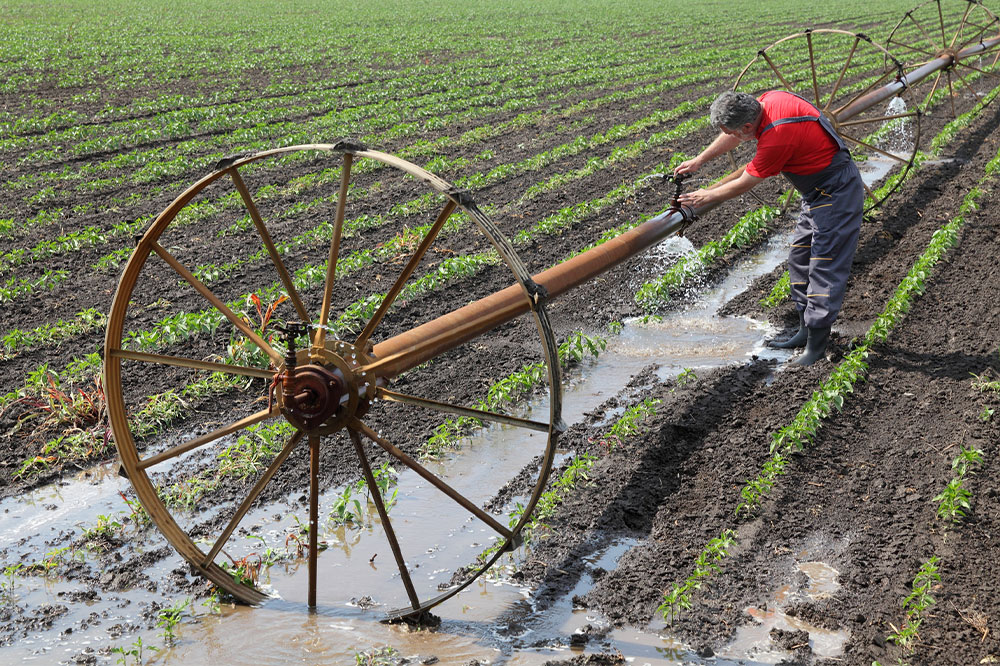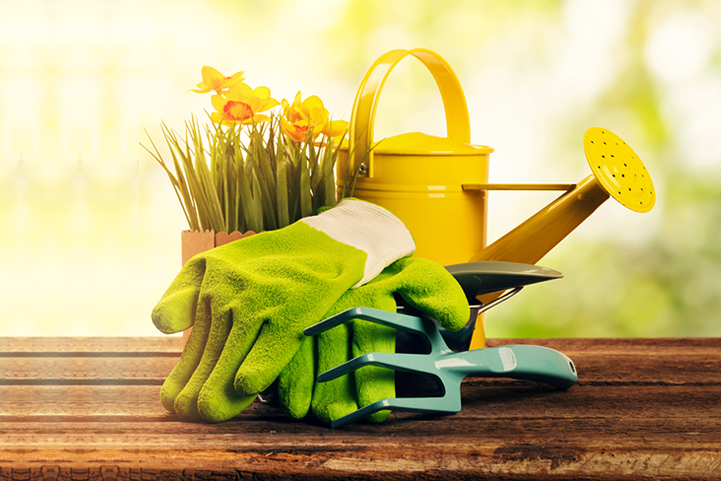Comprehensive Guide to Garden Irrigation Methods and Maintenance Tips
This comprehensive guide covers various irrigation system types suitable for different terrains, along with detailed installation and maintenance tips. From surface to drip and pivot systems, learn how to optimize watering for lush lawns and gardens. Proper setup and regular upkeep prevent issues like leaks and blockages, ensuring efficient water use. Expert advice on repairs and smart controllers helps maintain system efficiency, making gardening easier and more sustainable for homeowners and landscapers alike.

Comprehensive Guide to Garden Irrigation Methods and Maintenance Tips
Proper watering is essential for maintaining healthy lawns and gardens. Whether relying on rainfall or employing irrigation techniques, controlled water application ensures optimal plant growth. This article explores various irrigation systems available, along with tips for installation and upkeep to maximize efficiency.
What types of irrigation are available?
Different land areas require distinct irrigation methods. Below are the most common systems used nationwide:
Surface irrigation
Water flows across the soil surface through channels, basins, or furrows, relying on gravity rather than mechanical devices. Basins are ideal for fruit trees, while furrowing suits row crops.
Localized watering systems
Water is delivered directly to individual plants via a pipe network, using low-pressure techniques with three main types:
Drip irrigation: Delivers water directly to roots, minimizing evaporation and runoff.
Micro-sprinkler system: Uses overhead sprinklers to spray water near the plants or trees.
Bubbler irrigation: Water is directed into small basins around trees through streams, fostering targeted hydration.
Center pivot irrigation
In flat terrains, circular sprinkler systems on wheeled towers rotate to irrigate large areas efficiently.
Lateral move irrigation
This method employs pipes mounted on wheels with sprinklers, moving laterally across the land. It's cost-effective but may need manual repositioning.
Sub-irrigation
Suitable for areas with high water tables, this technique raises underground water levels via pumping, canals, and drainage systems.
Manual watering
The most basic and inexpensive method, requiring gardeners to water with cans or hoses, ideal for delicate plants.
Installation tips for irrigation systems:
For larger lawns, especially in hot seasons, proper setup is crucial. Consider the following points:
Plan carefully
Divide your area into zones and position sprinkler heads to optimize water use throughout the year.
Remove and replace sod
Before digging, cut the grass, and after installation, lay it back to keep the lawn uniform.
Proper pipe placement
Use polyethylene pipes at around ten inches deep, avoiding roots and ensuring joints are secure. Seek professional help if unsure about placement.
Careful digging
Hand-dig near existing utility lines to prevent damage; employ boring machines for challenging spots like driveways.
Cut pipes precisely
Use a poly pipe cutter rather than a saw to ensure clean cuts, preventing clogs from plastic shavings.
Secure main lines
Double-clamp connections to withstand high water pressures, ensuring system stability.
Use self-tapping fittings
These fittings simplify underground setup and reduce installation time.
Smart controllers
Incorporate weather-tracking devices to avoid overwatering, adjusting schedules based on sunlight and temperature data.
Post-installation, maintenance involves cleaning pipes to prevent blockages and protecting components from rust and freezing risks.
How to repair irrigation systems:
Even well-maintained systems need repairs. Common issues include broken sprinkler heads, low water pressure, and leaking pipes. Minor fixes, like replacing parts, can be DIY, but complex problems are best handled by professionals. Skilled technicians can diagnose hidden issues, ensuring your irrigation system functions optimally.
Note:
Our content provides practical insights across various categories. While research-based and helpful, it shouldn't be considered definitive. The website is not responsible for discrepancies or inaccuracies, and some schemes or offers might be missing that could benefit readers more than the covered suggestions.









